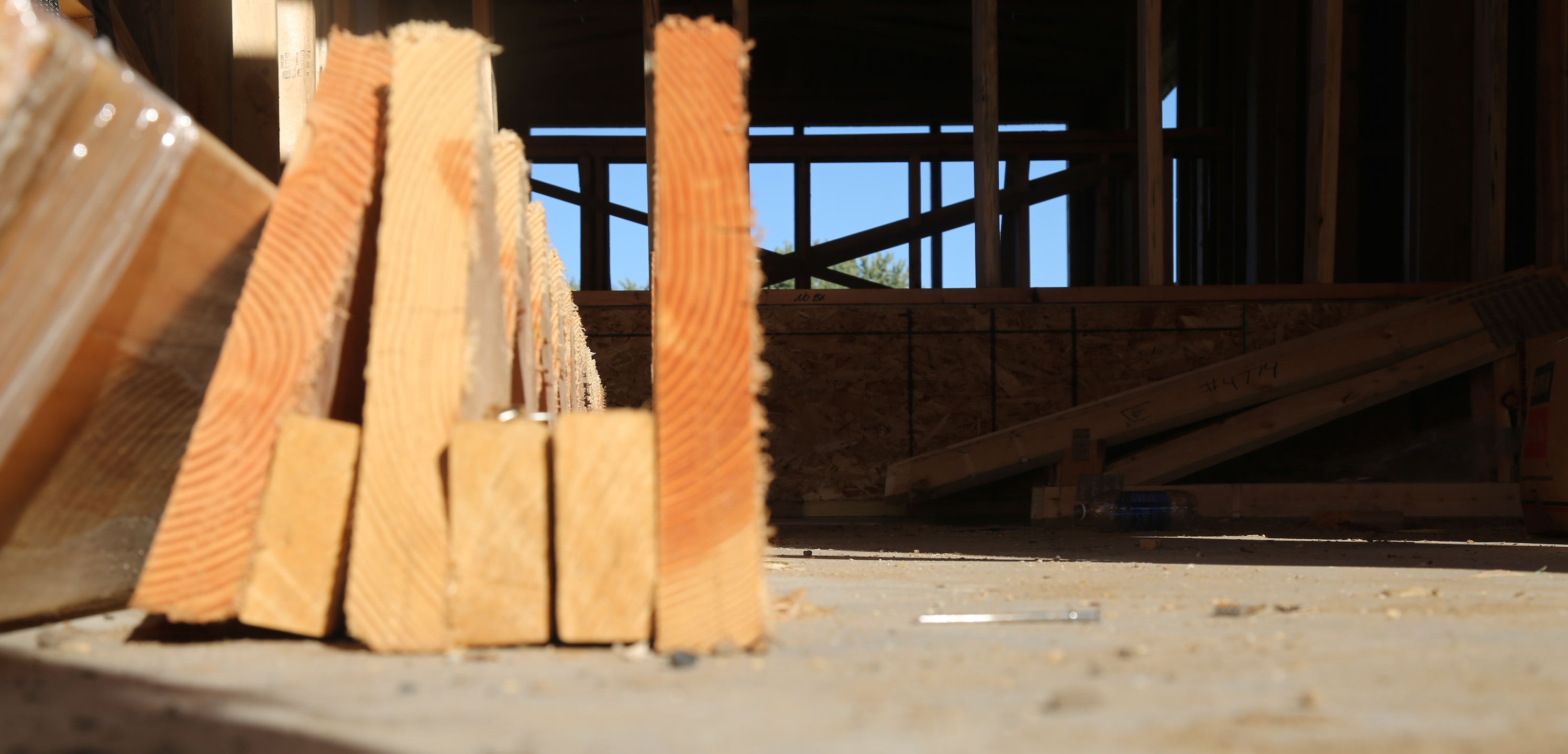Expensive mandates and implementation challenges will unnecessarily add costs and delays to Minnesotans building their dream home.
Roseville –This week the Builders Association of the Twin Cities (BATC) filed a Petition with the Minnesota Court of Appeals challenging the Department of Labor and Industry’s (DLI) rules creating amendments to Minnesota’s International Residential Code (IRC) and International Energy Conservation Code (IECC). BATC also filed a motion requesting a stay of enforcement of the rule pending a ruling on its main petition.
“Home buyers expect to be treated fairly when government issues new codes,” explained BATC Past President Shawn Nelson. “Several parts of the new code are placing a cost on homeowners that far exceeds the benefit of the new code. It is safe to say that the new code may create the largest regulatory tax on home buyers in Minnesota history.”
BATC worked with DLI for more than two years on the code changes, and agreed with most code provisions within the IRC and IECC. However, new prescriptive standards will create expensive product and technique requirements and remove project flexibility, even though less expensive methods are available that achieve the same or better energy efficiency outcomes. In addition, despite strong public opposition and several legislative votes, DLI moved ahead with an expensive indoor sprinkler system mandate for many new homes.
BATC has estimated that the codes will add between $6,000-$10,000 to the cost of the average newly built home. This figure grows to nearly $20,000 for a 4500 sq. ft. home (basement included) that will be required to install home indoor sprinklers. For homes that do not have municipal water services, the costs may exceed $25,000 or more.
“Adding tens of thousands of dollars to the cost of a new home, when equivalent, cost-effective options exist in the areas of safety or energy efficiency, just doesn’t make sense,“ said Nelson. “For every $1,000 in price increase for a home, another 2,000 potential buyers are priced out of the market. Home builders should have the flexibility to work with customers to build their dream homes, rather than be required by government to choose only the most expensive solutions.”
The IRC and IECC updates are part of a scheduled code update process undertaken by DLI. The amendments to the building and energy code are set to be enforced on January 24th and February 14th, respectively, even though the nearly 600-page code book was only released in full in early December. As the final code updates have been revealed over the last few months, BATC has attempted to prepare the homebuilding industry for the code changes and cost impacts associated with these changes. During that process, it has become evident that home builders, contractors and even enforcement officials have not had adequate time to prepare for these code changes.
“Home builders support reasonable improvements to the building code, and we know that standards will change over time“ said Chris Contreras, President of BATC. “However, implementing a flawed code quickly won’t work for anyone. Instead of fixing the problems in the future, let’s take a step back and get it right before it harms Minnesota’s housing industry.”
The Builders Association of the Twin Cities is the leading voice for builders and remodelers. BATC represents nearly 1,100 builders, remodelers, developers and industry suppliers with a mission of helping its members grow their businesses through marketing, advocacy and industry connections. BATC is known for its twice-a-year signature events: The Parade of HomesSM and Remodelers Showcase®. In addition, BATC offers Minnesota’s Green Path, a growing new home and remodeling certification program providing healthy, durable, energy-efficient homes to buyers and homeowners.

